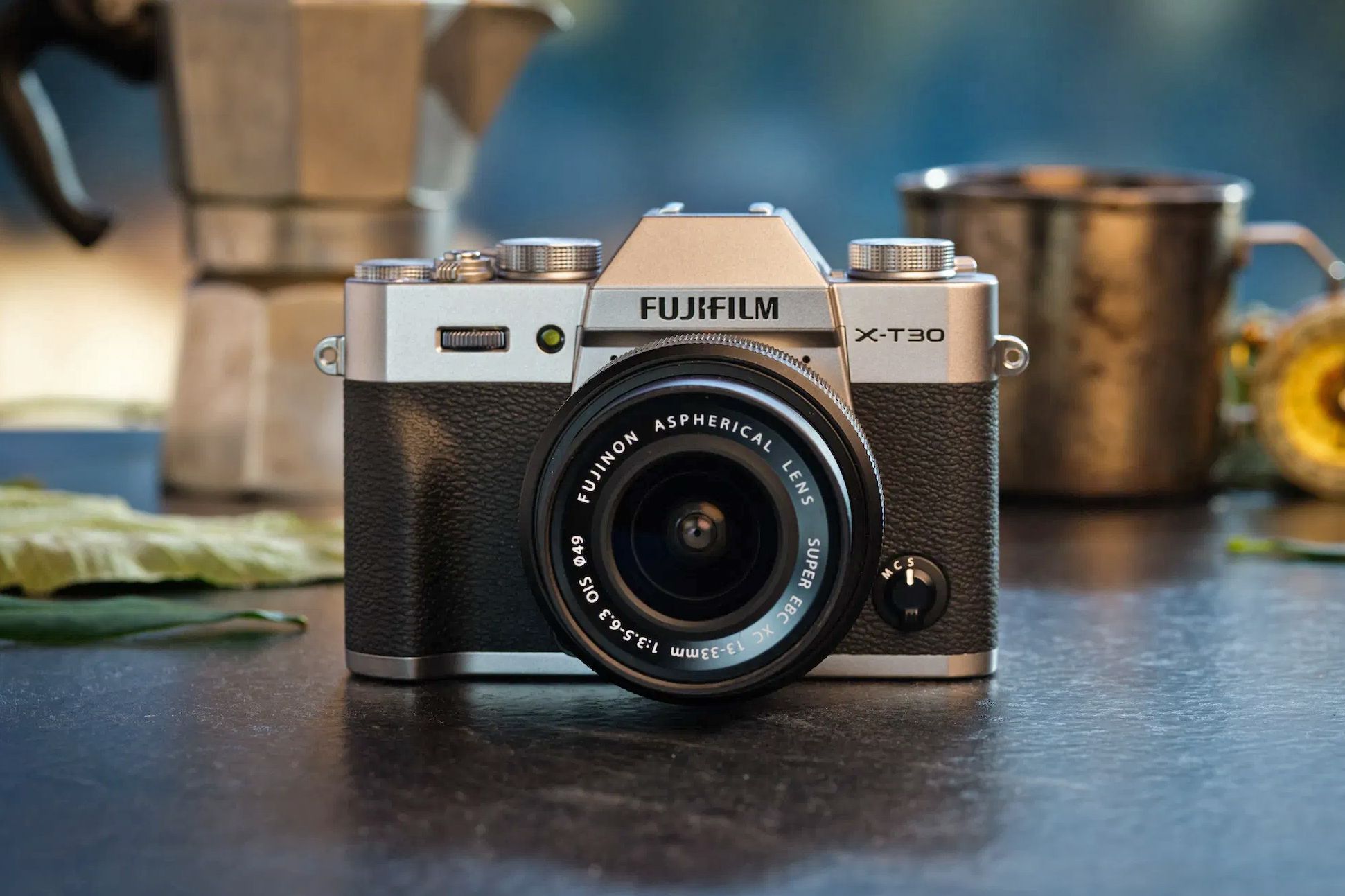Fujifilm just dropped the X-T30 III, the third iteration of its entry-level mirrorless camera that's been quietly dominating the enthusiast market since 2019. The biggest news isn't the same 26.1MP sensor carrying over - it's the new film simulation dial borrowed from higher-end models and 6K video recording that puts this $999 camera squarely in content creator territory.
Fujifilm just made its most compelling case yet for choosing X-mount over Sony's dominant a6000 series. The company's X-T30 III announcement signals a clear strategy - pack pro-level features into entry-level bodies while keeping that distinctive film aesthetic that's made Fujifilm cameras Instagram gold.
The standout addition is the dedicated Film Simulation dial, replacing the generic mode dial that previous models carried. This isn't just cosmetic - it's Fujifilm acknowledging that their film simulations have become the primary reason people choose X-series cameras over the competition. The dial offers instant access to 20 different film looks, plus three custom slots for your own recipes mixing film grain, color tone, highlights, and saturation.
"We've seen how creators use our cameras," a Fujifilm spokesperson noted during the announcement, "and film simulations are often the first thing they adjust." That insight shows in the X-T30 III's design - no more diving through menus to switch from Classic Chrome to Acros for that perfect black-and-white street shot.
The video upgrades tell a different story about Fujifilm's ambitions. The X-T30 III can now capture 10-bit 6.2K footage at 30fps, a significant jump from the previous model's 4K-only recording. Frame rates scale up to 60fps at 4K and an impressive 240fps at 1080p for slow-motion work. These specs put it in direct competition with Sony's a6700 and Canon's R7, both priced similarly but lacking Fujifilm's film simulation magic.
What's missing is telling too. There's still no in-body image stabilization on the X-T30 line - you'll need to step up to the $1,399 X-T50 for that feature. But Fujifilm has improved the autofocus system with face and eye detection, plus AI-powered subject recognition that can track animals, birds, cars, trains, insects, airplanes, and drones. It's the kind of computational photography that's becoming table stakes in 2025.
The pricing reflects the market's evolution. At $999.95, the X-T30 III costs $100 more than its predecessor launched at in 2021, but that positions it strategically against Sony's a6400 ($898) and Canon's R10 ($979). The difference? Neither competitor offers anything close to Fujifilm's film simulation ecosystem, which has spawned entire YouTube channels and Instagram accounts dedicated to sharing custom recipes.
